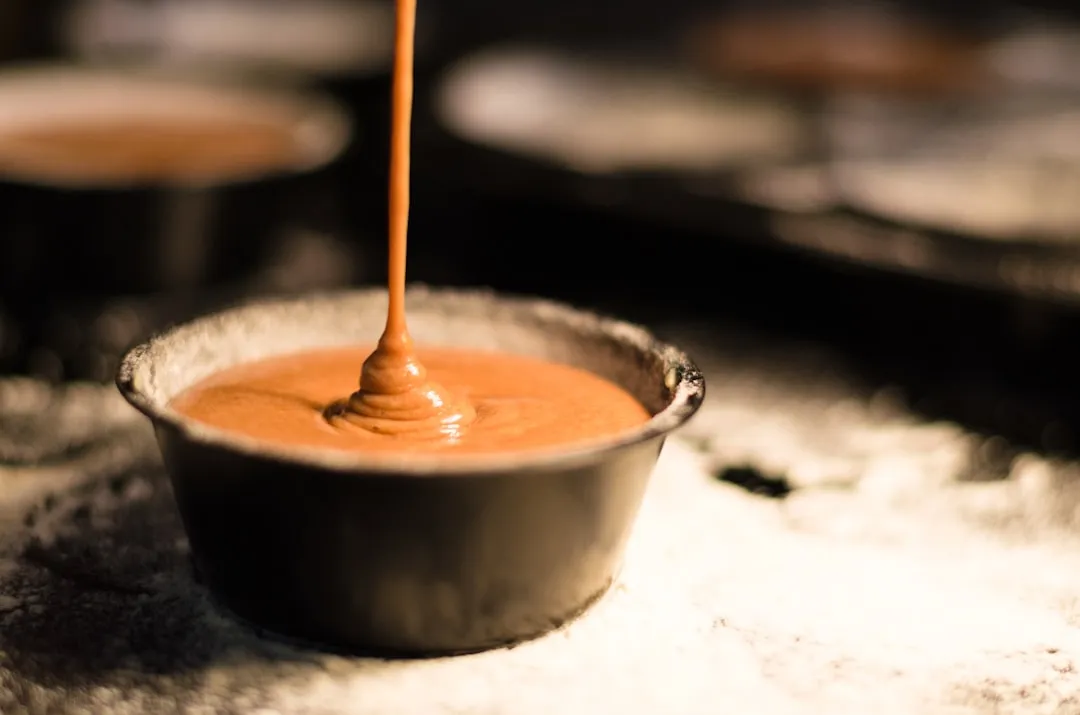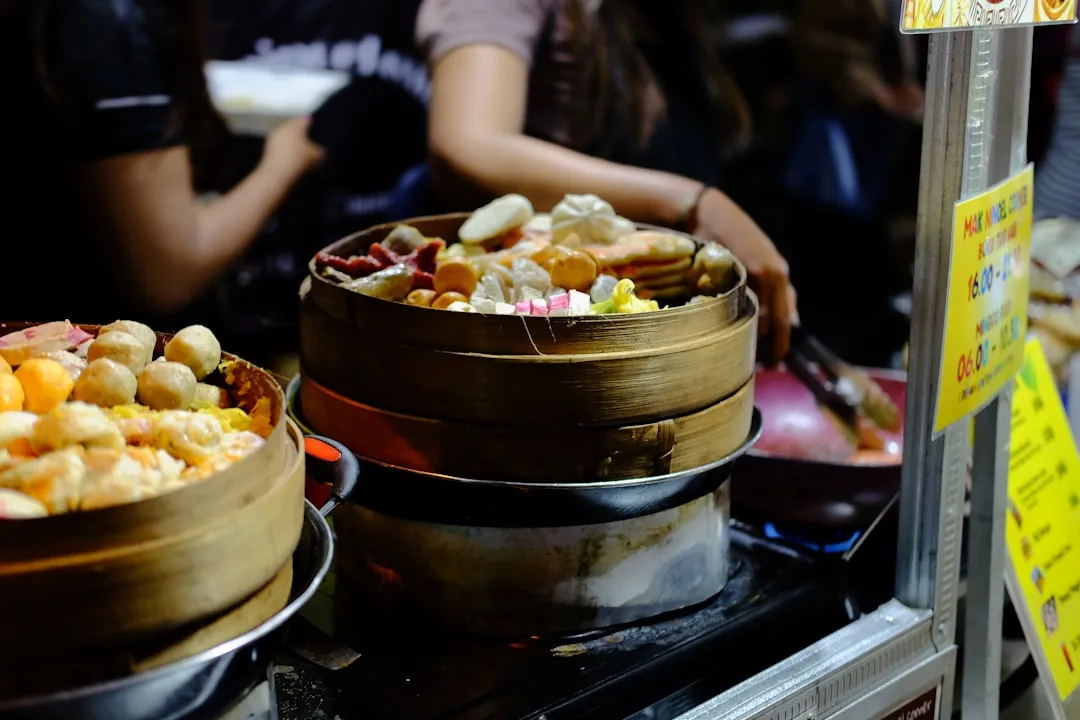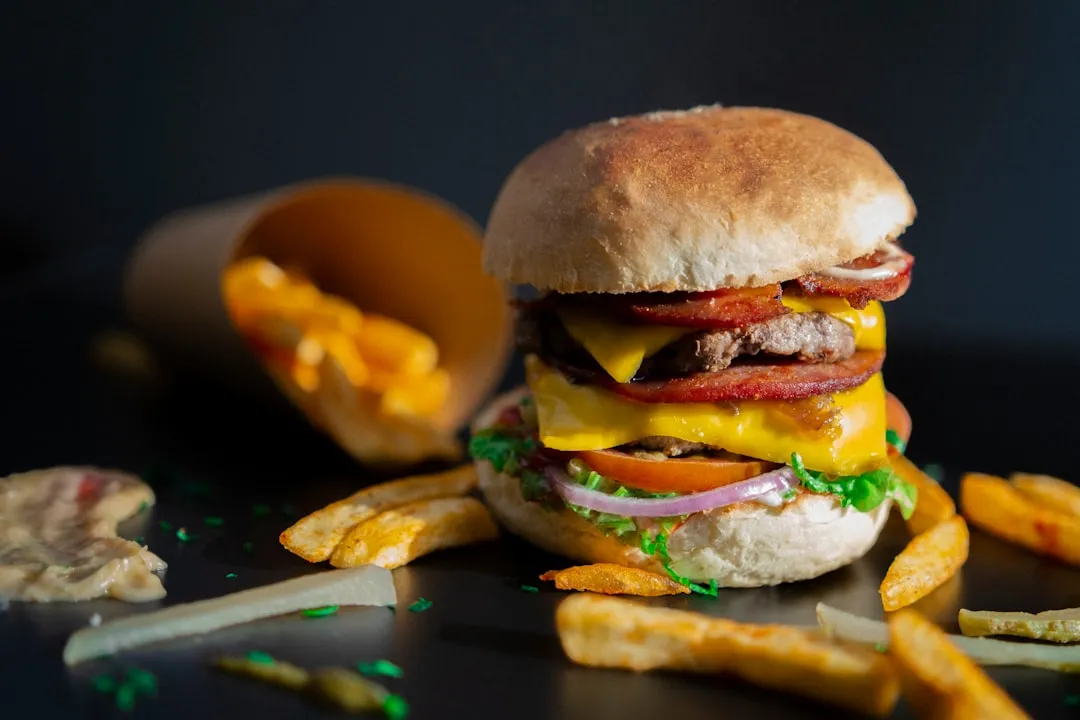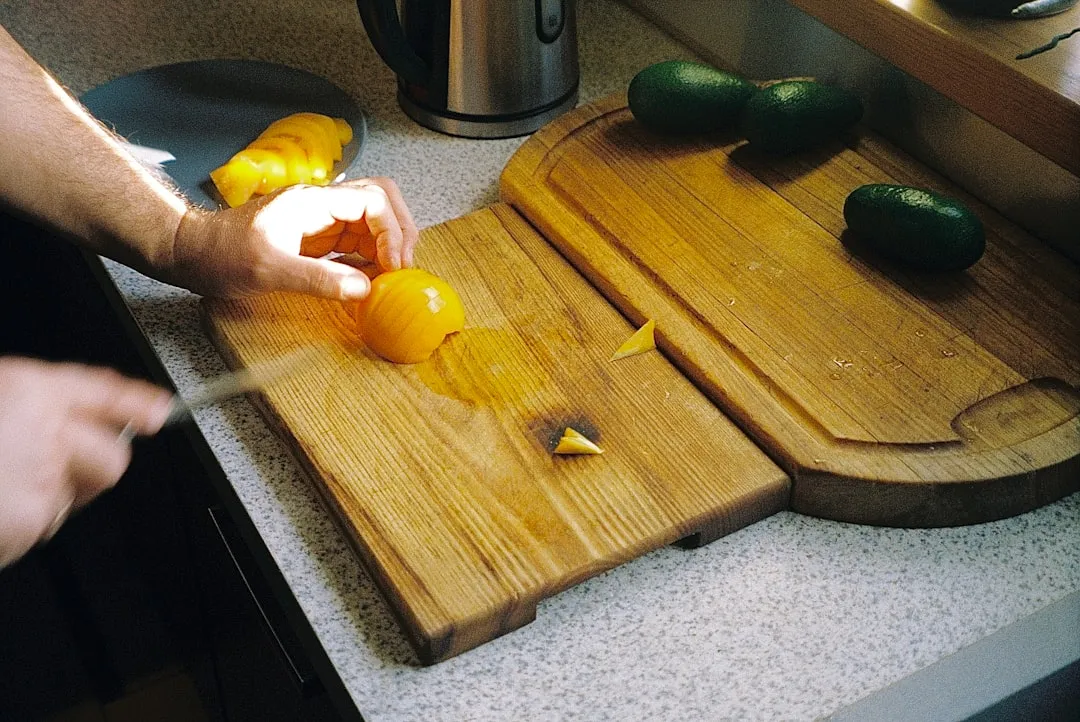Any pizza lover knows that a quality crust is crucial to the whole experience. Good pizza crust should be delicious on its own, for once you get to the edge, it will be without any toppings, sauce, or cheese to disguise a bad character. It should be redolent of fresh, good wheat and taste full-bodied, rather than flat, flabby, or metallic, the way so many big chain and frozen pizza crusts do. The exterior should be crisp, while the interior contains an airy crumb as well as having a tender, smooth quality.

A "foolproof" pan pizza with a delicious-looking crust.
It almost goes without saying that homemade crust rules, but many cooks are intimidated by the thought of going down that rabbit hole. It seems so complicated—don't you need yeast? Starters? Rising time? Why do you have to punch the dough down once it rises? It sounds so violent.

Double-punching some pizza dough before kneading.
Fortunately, the ingenious (and lazy) cooks of the internet have risen up to give us a miraculous recipe: two-ingredient pizza crust. Yep, just two ingredients and you can easily roll out your own custom-made pies in no time.
Self-Rising Flour + Greek Yogurt = You're Good to Go
You need one cup of self-rising flour, one cup of Greek yogurt, and extra flour to dust your counter or cutting board.

Yes, you only need self-rising flour and your favorite brand of Greek yogurt.
Mix the two ingredients together until they form a ball. Next, flour your work surface and your hands so the dough won't stick, and turn the ball onto the surface. Knead for 5 to 8 minutes. Roll it out to your desired thickness (or thinness), and spread with sauce and toppings, and bake.
You can get the full details over at Kidspot.
Use High Temperatures for Better Crusts
I find that a really hot oven—we're talking 450°F to 500° F—is key to getting your pizza crust to have good texture. After all, one reason pro pizza shops produce such great pies is because their ovens reach hellish temperatures of 700°F or higher.
A pizza stone is an excellent thing to use if you happen to have one, but I've made pizzas in a cast-iron skillet with pretty good results.
Self-Rising Flour Is Key
It's important to note that you need self-rising flour to make it truly a two-ingredient dough. Why? Because self-rising flour has baking powder already in the mix. This is a leavening agent, which will make the dough rise, and takes the place of the yeast starter used in more traditional pizza doughs.

The traditional way: yeast (with a dash of salt) bubbling in warm water.
Littauer, a user over at Serious Eats, accurately explains that:
"Yeast buys you 2 things: carbon dioxide (leavening) and fermentation byproducts (mostly acetic plus other acids) which add flavor. Yogurt contains fermentation byproducts and self-rising flour has leavening." She further notes: "I … often add vinegar to dough when I don't have the time for an overnight rise. 1 tsp per pound of flour is a good starting point."
But if You Don't Have Self-Rising Flour...
The Slow-Roasted Italian notes that if you don't have self-rising flour, you can still make this recipe, only now you need to add baking powder to regular all-purpose flour in a 1:1 proportion, i.e. one teaspoon of baking powder to one cup of flour.

Alternative recipe: 3-ingredient dough with salt, flour, and baking powder.
She also adds a little salt for flavor, which is an excellent idea. Technically that makes three ingredients, but it's still pretty darn easy.
Now Try a Yeasted Version
The nice thing about a really easy recipe is that it can act as a gateway to the harder stuff. Once you see how fun and tasty the results are with two-ingredient pizza dough, why not try a yeasted version? It is much, much easier than you think and so tasty that you'll only go back to store-bought if you absolutely have to.

The ingredients for a really delicious pizza crust.
Here's a great recipe from Jim Lahey of the Sullivan Street Bakery in New York, who also helped popularize no-knead bread making.
Want another fun, lazy recipe? Try two-ingredient sweet bread next.

























Comments
Be the first, drop a comment!